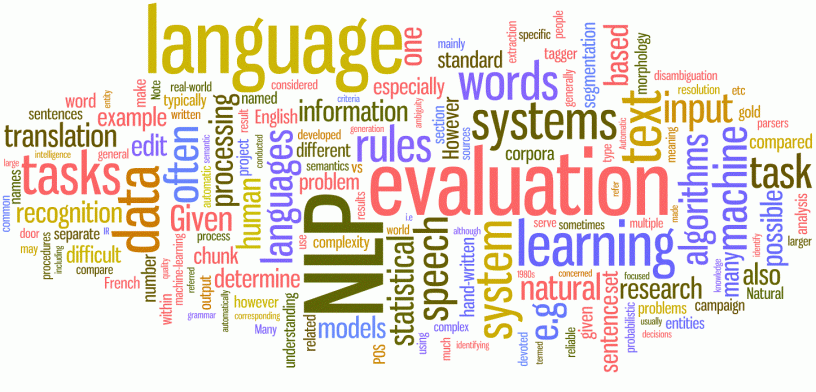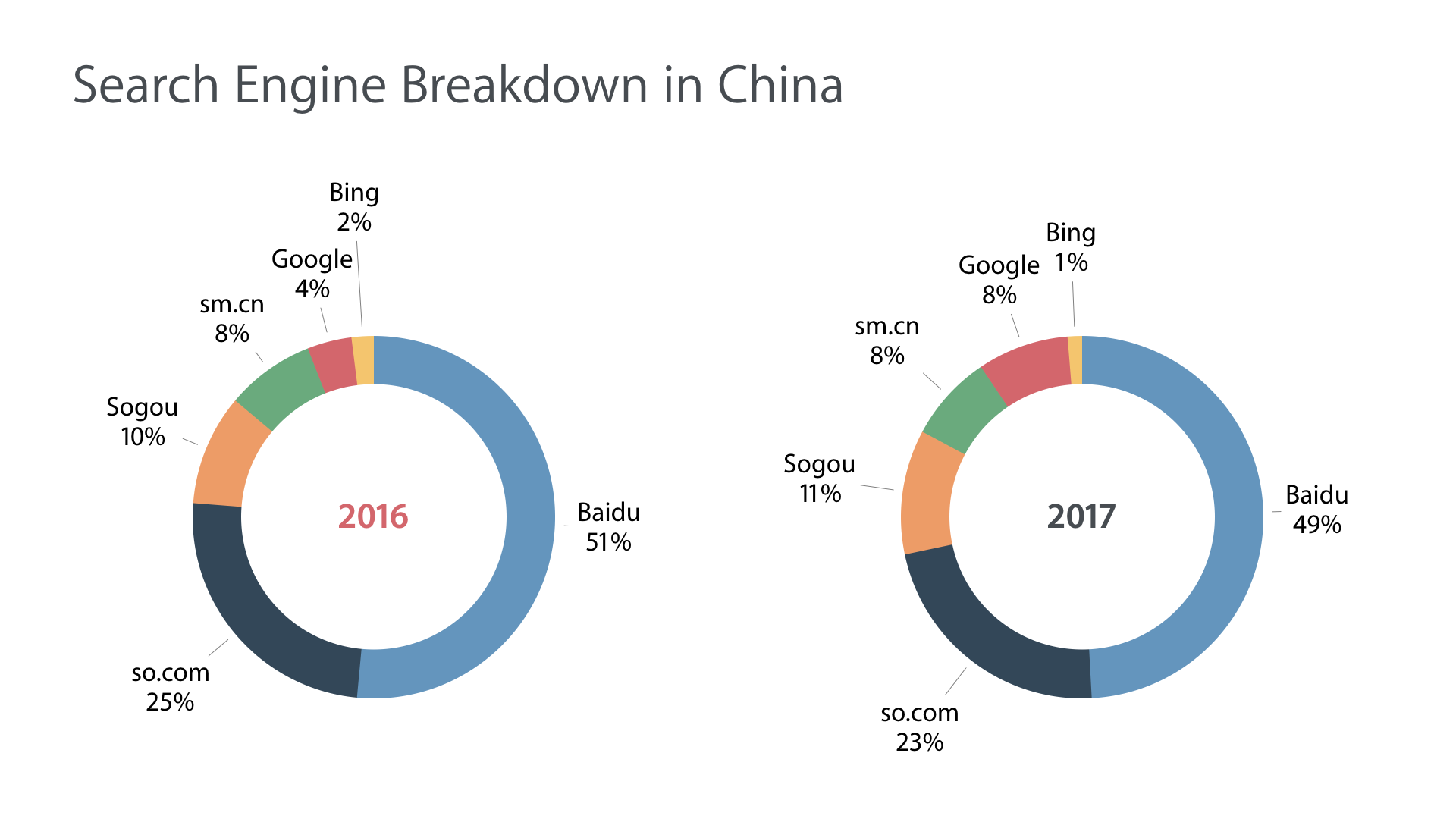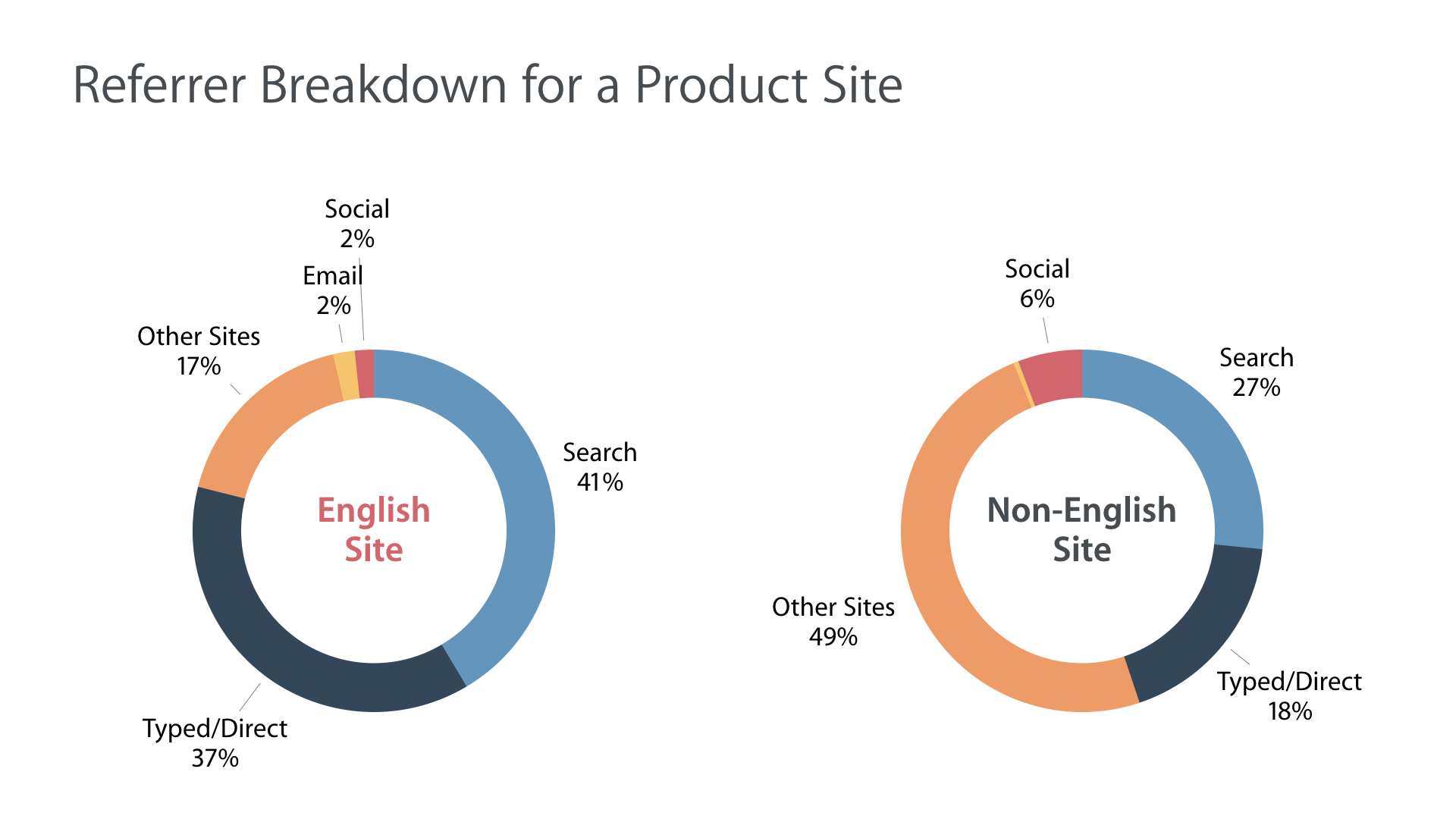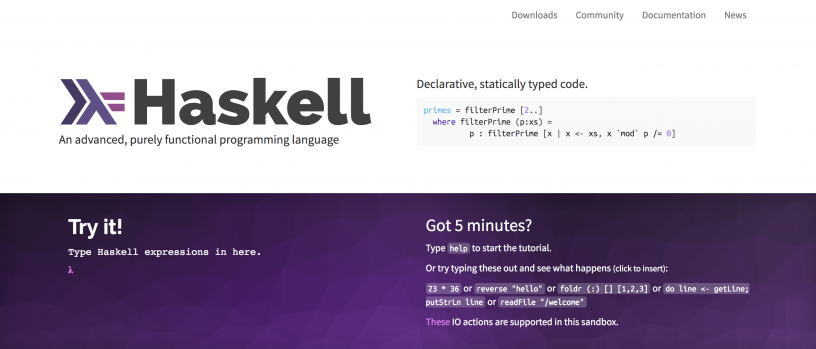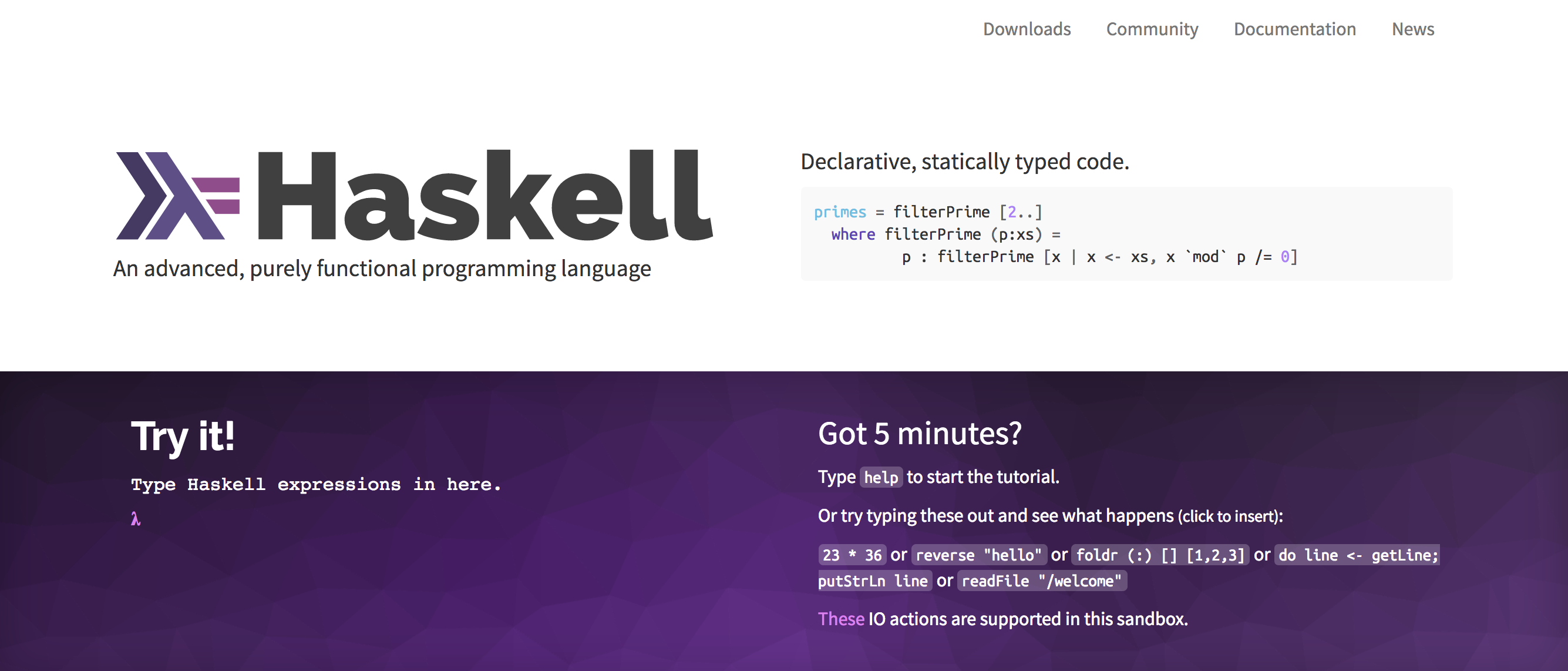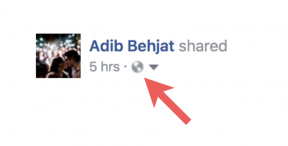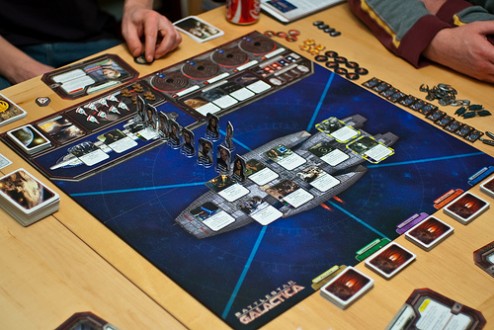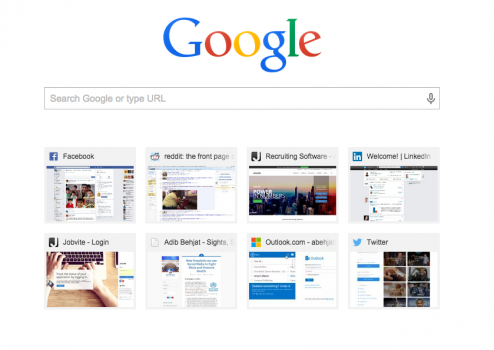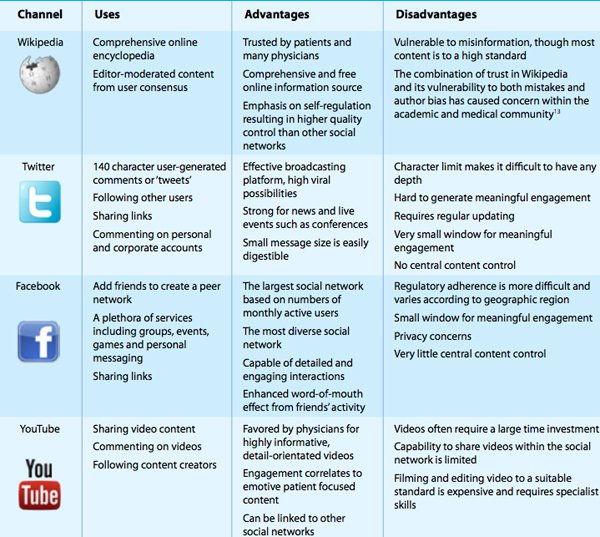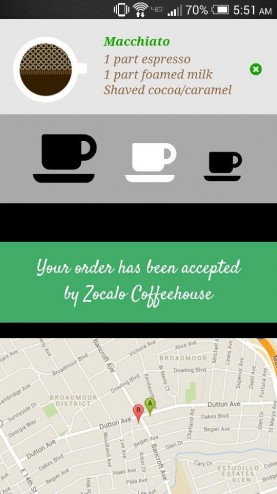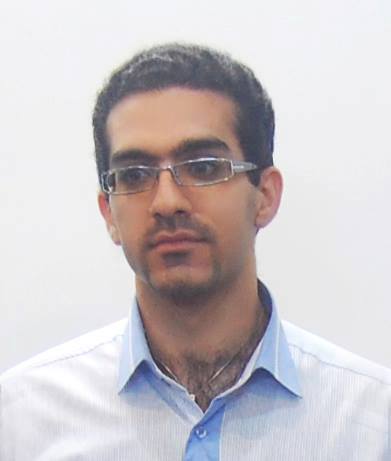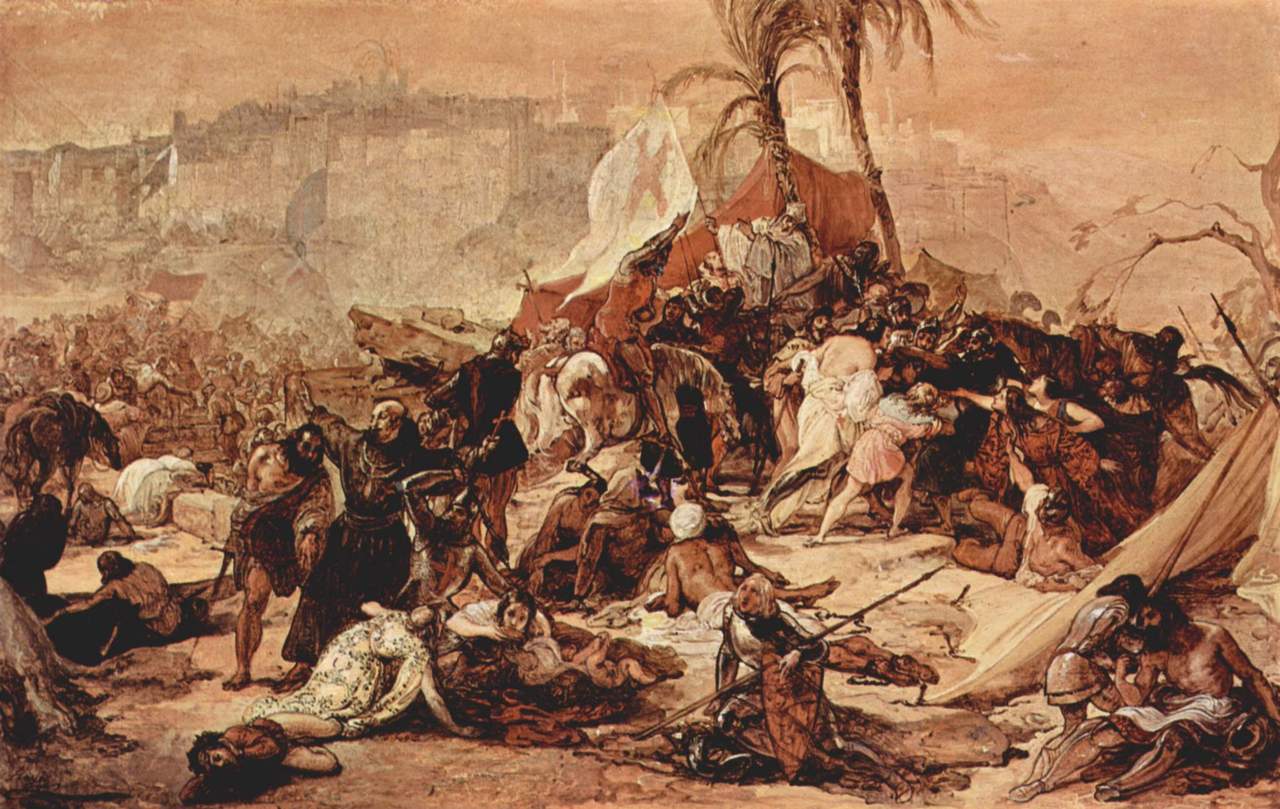I’ve sat in enough business meetings at my work (I can’t mention the name, but it’s #1 most valuable company in the world) to know one thing: The real king of the Internet is the one who can create an exceptional experience for people in their native language.
Natural Language Processing is primarily Limited to English
Today, Computer Scientists have developed amazing solutions and algorithms to serve the world. However, the ‘world’ that’s being served are primarily English-speakers, which is a problem. To be more specific, Search Engines such as Google/Bing/Yahoo are great for us English speakers, but in terms of design, they are horrible. These Search Engines have one of the best algorithms for English-speakers, utilizing the most advanced Natural Language Processing (NLP) solutions. Universities and their respective Computer Science departments are investing heavily in identifying better methods of improving the interaction between Humans and Computers through languages; however, when it comes to foreign languages, it’s an epic fail.

Steps currently used to conduct NLP analysis
It’s no surprise that Baidu exists because their NLP algorithm caters the Chinese market far better than Google’s, and it’s only a matter of time before someone implements Hindi NLP algorithm to serve the second largest population in the world.
Looking at Referrer Type
The following is a comparison of two sites by examining their referrer sources: one site is served in English, the other site in a non-English language. The length of the analysis is 3 months long (One Quarter)
Let’s go briefly through the definition:
- Referrer means the source in which the visitor arrived to the site.
- Search represents Search Engines, such as Google, Bing, Yahoo, etc.
- Email represents email campaigns to the site for the given time period.
- Social represents social media traffic to the site. For example, Facebook, Twitter, etc.
- Other Sites represents websites that do not fall in any of the above categories. This includes newspapers, blogs, personal sites, etc.
- Typed/Direct represents traffic that entered the site via bookmark, or if the user typed the URL in.
As represented in the graph, the primary driver to the non-English site are Other Sites, like Blogs and Newspapers, whereas the Search traffic only serves 27% of the users who speak in the non-English language. As a business, where millions are invested in Search Engine Optimization (SEO), this represents a huge business problem.
A solution some businesses are implementing to go around this problem is devising an app that provides all the necessary experiences to its users. A company that’s utilizing this business model is WeChat, a phenomenally amazing company that’s growing so rapidly. WeChat enables users to do nearly everything through its app, whether its purchasing items, calling in a cab, calling your friends, chatting with friends, etc. It’s what Facebook is trying to implement with Messenger, but the go-to market that WeChat is targeting makes it far more impactful.
This solution implemented by WeChat solves a lot of problems – instead of ‘searching’ for the product, you can find it in WeChat’s popular product listings. It’s only 6 days prior to the posting of this blog that WeChat introduced it’s own Search Engine, which may completely change the game as users who primarily use WeChat will only use the available Search Engine available on the App itself.
Combining the Power of Local and International Language
As a member of the Baha’i, I advocate for a single universal language (for now, it’s English based on how economies run), but to also serve people’s mother tongue, that’s gold! In the Baha’i Faith, these actions are highly encouraged, and valuable not only to improvement of technology, but to also narrow the gap between people by breaking the barriers of language.

Be part of the change! Study NLP
If you’re a linguist, and looking to create a massive impact in this world and help advance humanity and technology, study NLP and Computer Science. Even educating people to not discount different languages, and realizing its impact on the bottomline, will help people understand the significance in drawing the power of the word.

